Costa Rica Black Pearl Rose Summer hand Chong suggestion Black Pearl Rose Summer Coffee Bean characteristic Flavor Story
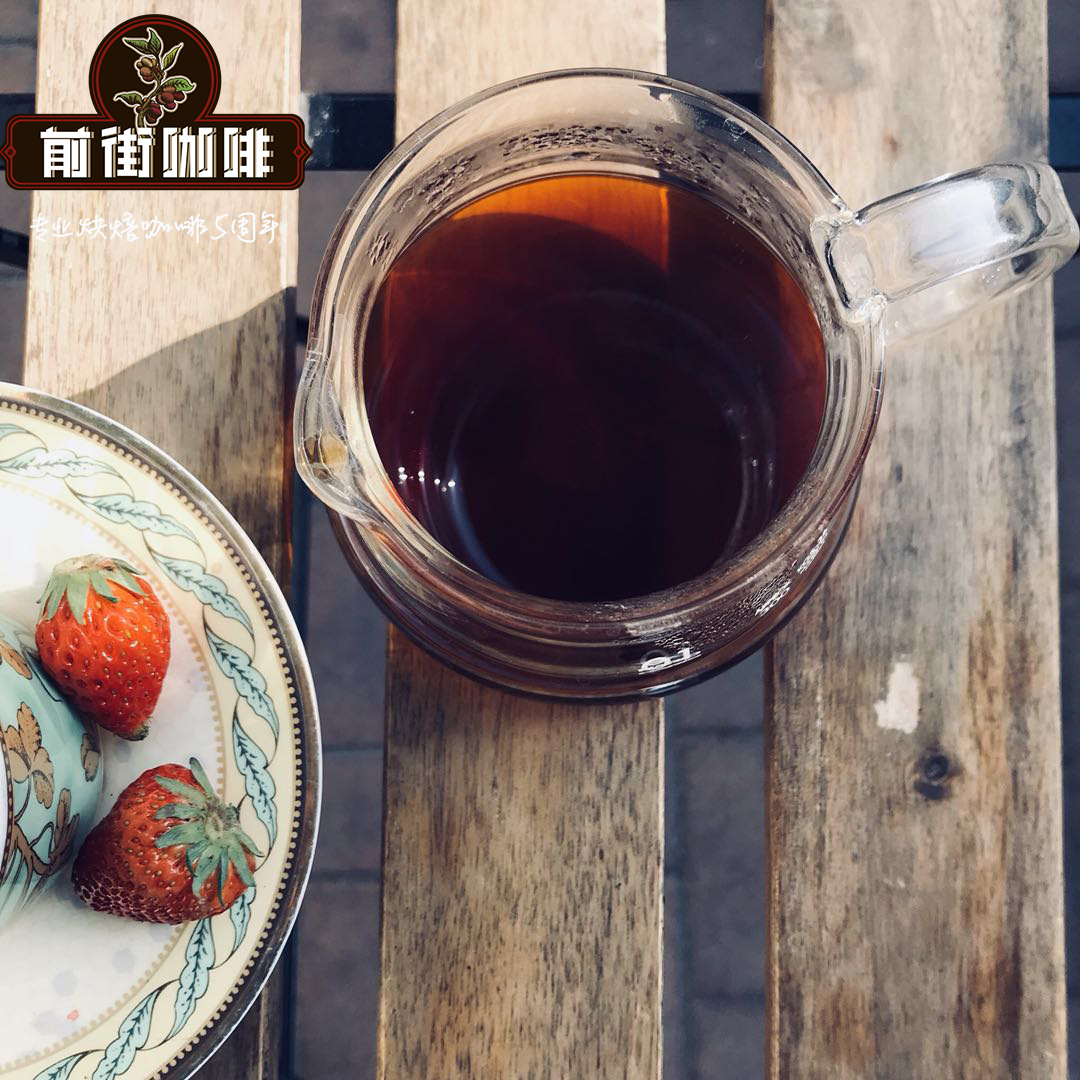
Professional coffee knowledge exchange more coffee bean information please follow the coffee workshop (Wechat official account cafe_style)
Introduction to Manor Story Information:
Dona Francisca and Don Oscar Chacon, the third-generation operators of the Lajas microprocessing plant, inherited coffee farms from their grandparents and were known as the first coffee farmers in Central America to produce high-quality honey-treated and sun-treated coffee and have been involved in COE since 2009.
Lajas is an organic treatment plant located in Savania in the middle of the Costa Rican valley. Organic coffee beans are rarely produced in Costa Rica, and the estate's high-quality coffee makes it unique. Lajas Farm adheres to the principle of environmental protection, so it adopts organic farming. The coffee processed by the Lajas processing plant comes from its own farm, and each batch of coffee can be traced to its source and processed in batches on a daily basis. Water consumption is very economical because of the non-washing treatment. During the harvest season, Francisca measures the sugar content of coffee cherries to determine when is the best time to harvest. The highest sugar content has been measured to be 21 / 14 / 22%.
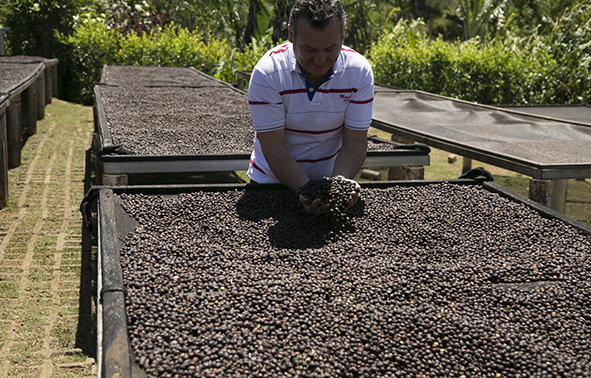
Lajas Manor is the first manor in Central America to do honey treatment and sun treatment. Tanning is a very traditional practice, which uses the least resources, but because there are too many uncontrollable factors, it is very difficult to do well. Lajas has added many innovations, such as the sugar meter (Brix meter), which is often equipped by the wine industry in France, to measure the sugar content of the fruit, and the best harvest machine and treatment method is determined according to the sugar content of Brix. Only those with more than 20% sweetness will be exposed to the sun. General fruit Brix value: Apple 14%, lemon 12%, passion fruit 18%, but Lajas coffee cherry can reach 21-22%!
In the coffee processed by the La Lajas manor, the manor divides the honey-treated and sun-cured coffee into different items according to the flavor. Costa Rican coffee farmers mostly use the peel machine at the water washing station to control the amount of residual pulp, but the La Lajas manor decided to use a different way. In other words, the highest percentage of the pulp is retained but the exposure and turning time on the African scaffolding is controlled to show different coffee flavors. in the honey treatment, the manor divides the coffee into yellow honey, red honey and black honey.
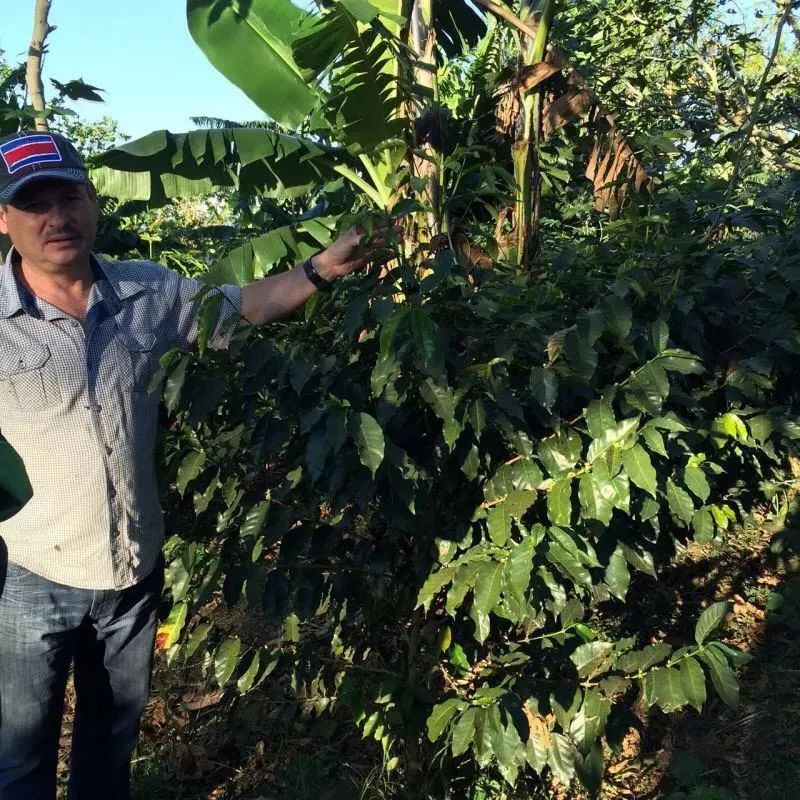
LaHaas not only does the sun, honey treatment, but also has water to wash beans. The beans grown on the farm are Carurra, Catuai and Villa Sarchi, as well as a small number of Kenyan species SL28, Obata and so on. Although the elevation of the manor is not very high, about 1300-1500 meters, but the use of original treatment, so that the flavor of Lajas unique.
Introduction to the varieties of Rosa coffee beans
The coffee bean species Rose Xia (also known as geisha) is the original species of Arabica. It is very difficult to cultivate and the yield is half that of other coffee beans. Are rare, high-value coffee beans.
1931: a team of botanists visited southwestern Ethiopia and discovered rose beans near the village of Geisha. They brought Geisha seeds to Kenya and planted them in nurseries.
1936: Geisha seeds spread to Uganda and Tanzania.
1953: CATIE, a Costa Rican research institute, obtains some Geisha seeds from Tanzania for research.
1960: Pachi Serracin, the old owner of Don Patch Manor in Panama, brought Rosa Coffee beans from Costa Rica to Panama
2004: best Panama BOP (Best of Panama auction), Emerald Manor won the first place of the year with its magnificent summer. In the next ten years, as long as you participate in the exhibition, you will get a big prize.
2007: in the international famous bean cup test competition featured by American boutique coffee (SCAA), Rosa won the championship again, and the bidding price was sold at US $130 per pound, the highest price since the competition beans.
2008: Jade Manor opens its own bidding meeting (BOP did not participate in the competition that year).
2012: best Panamanian BOP (Best of Panama auction), divided into traditional group, Geisha group and tanning group, so as not to be stolen by Geisha in all beans during the competition.
2014: best Panama BOP (Best of Panama auction), subdivided into geisha tanning, geisha washing, traditional tanning, traditional washing, because geisha will still steal the beauty of the tanning group.
2015: best Panama BOP (Best of Panama auction), divided into winning group sunburn, winning group water washing, traditional tanning, traditional washing, allowing another excellent variety, Pacamala Pacamara, to join the competition, but the result was bleak, with only one batch of 32 batches shortlisted.
2005: best Panama BOP (Best of Panama auction): $20.10 (first batch)
2006: best Panama BOP (Best of Panama auction): $50.25 (first batch)
2007: best Panama BOP (Best of Panama auction): $130 (first batch)
2008: La Esmeralda Jade Manor auction: $105.25
2009: La Esmeralda Jade Manor auction: $117
2010: best Panama BOP (Best of Panama auction): $170
2011: best Panama BOP (Best of Panama auction): $75.25 (No. 1 in the washing group) and Don Pachi Geisha in the tanning group ($111.5)
2012: La Esmeralda Jade Manor auction: $66 (did not participate in BOP that year)
2013: best Panamanian BOP (Best of Panama auction): $350 (No. 1 in Sunshine Group, won by Japan)
2014: La Esmeralda Jade Manor auction: $105.5 (this batch had beans last year)
2015: La Esmeralda Jadeite Manor auction: 131USD (third batch) / US $122.01 (first batch)
Best Panama BOP (Best of Panama auction): $140.01 (Sun Geisha Champion)

Introduction to the treatment of black pearls
Black Pearl (Perla Negra): harvested coffee cherries are placed on African scaffolding in the early morning and regularly turned and exposed to 11.5% moisture content. The whole process takes about two weeks.
Suggestion / Analysis of roasted Rose Summer Coffee in Qianjie
Costa Rican rose summer coffee, as the most outstanding variety of coffee, is very popular with coffee lovers. Among them, the rose summer treated with water can best highlight the flavor characteristics of the rose summer itself. Rose summer is special in that it has very obvious and clear floral and citrus flavor, very high cleanliness, soft and elegant acidity, long-lasting cotton sweetness, and the taste of high-grade black tea.
In order to fully show the characteristics of this Costa Rican rose summer coffee beans, you have to work hard on baking. Rosa rugosa is generally planted at a high altitude of more than 1500 meters, which is a kind of beans with high hardness and high density. Its shape is full, medium particle size, thick and long bean body, pointed at both ends.
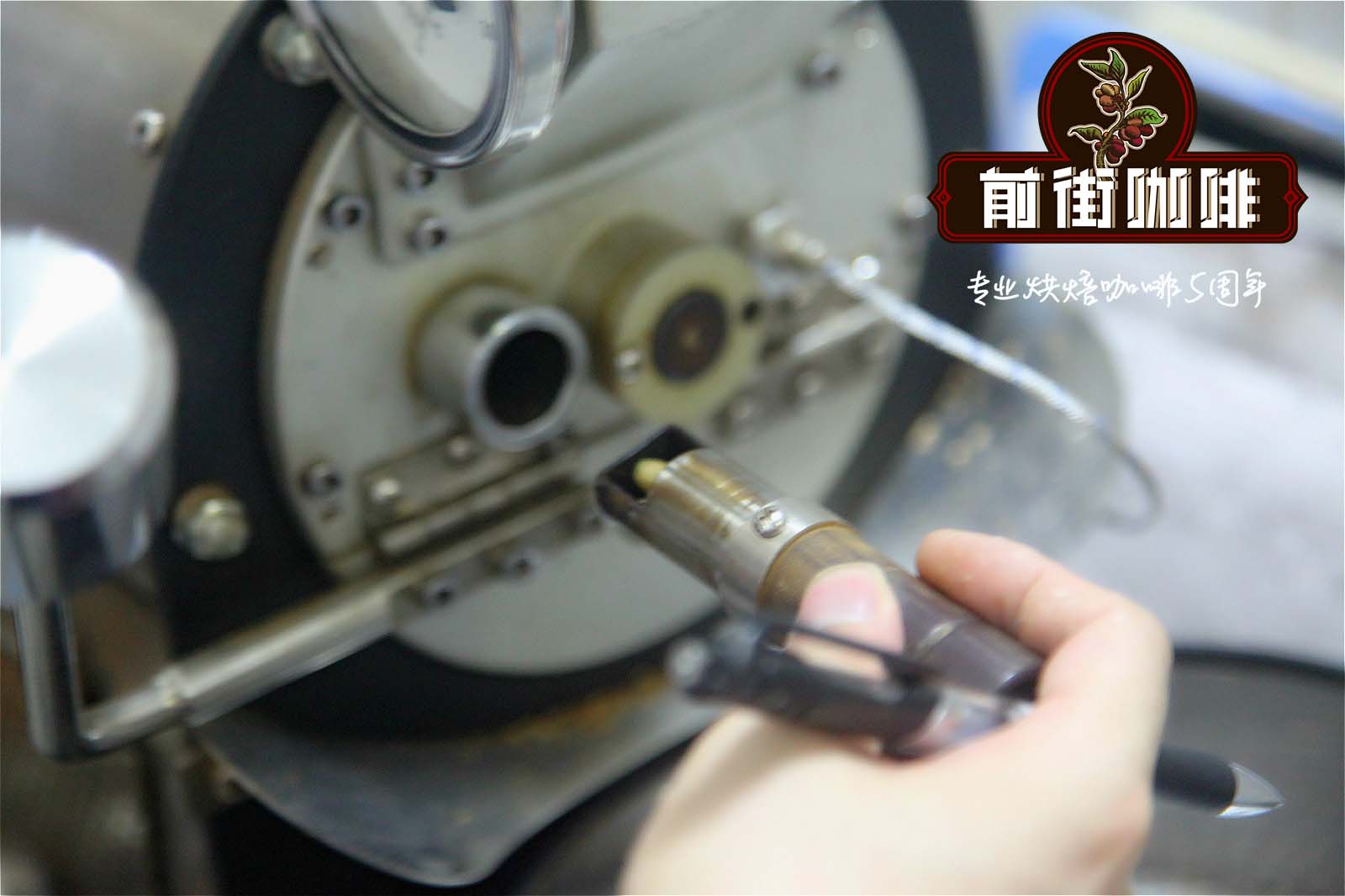
So how to express the unique flavor of Costa Rican rose coffee by roasting?
The idea of baking is that because of the high hardness and density of beans, a large fire will be used to dehydrate in the early stage, and the temperature difference between the bean surface and the bean core will be quickly established. In order to have more fragrance of flowers, Maillard's reaction time is relatively short, so after turning yellow, it will adjust the fire to medium to high, quickly let the beans into an explosion, and shorten the period from yellowing to the beginning of the explosion can also increase cleanliness. The temperature rises too quickly after an explosion will aggravate the caramelization reaction and grind off the aroma of flowers and fruits, so it will greatly reduce the fire after entering the explosion, pull the low temperature to rise, and the throttle will be fully opened at the beginning of the explosion. Drop the beans at the end of a dense explosion to let the bean core develop and mature with the most residual aroma and sugar.
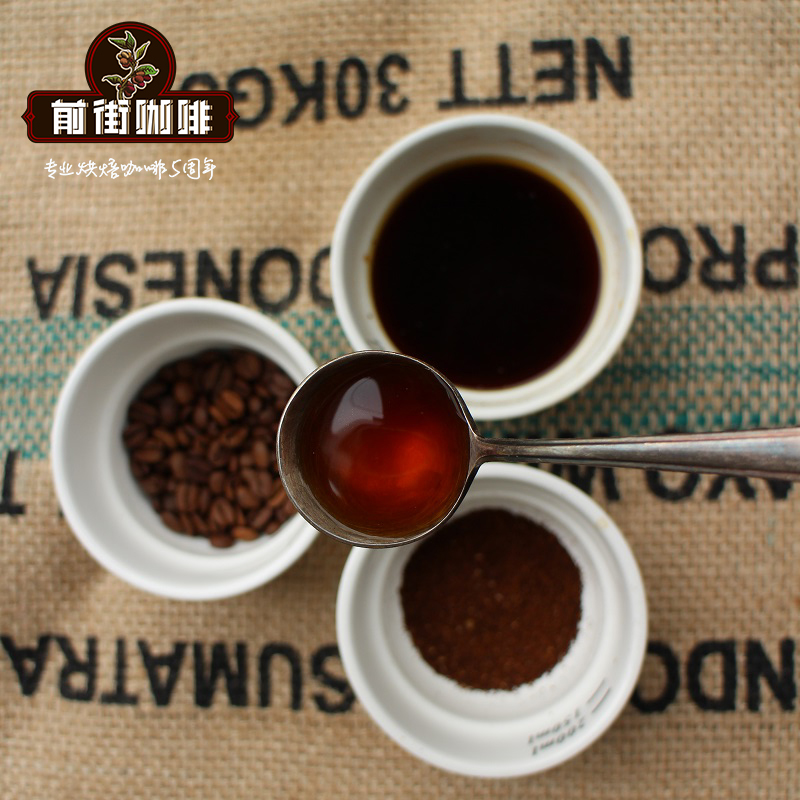
Description of cup test flavor
Flavor description: floral plum grape juice, delicate and rich layers, Body full and solid
Cooking analysis
Today, we introduce the common methods of Qianjie coffee hand roses summer coffee: three-stage style.
Three-stage water injection method
To inject a section of water into three stages.
Suitable for light, medium and medium roasted coffee beans
Use filter cup kalita cake cup
Increase the steaming time or water cut-off times to improve the rich taste of the coffee.
Segmented extraction method of three-stage water injection
Advantages: it is richer than the one-knife flow, and can clarify the flavor of the front, middle and back of the coffee. The method is to increase the amount of water injection each time after steaming, usually when the coffee liquid is about to drop to the surface of the powder layer, and use small, medium and large water flow to do three-stage extraction.
Disadvantages: there will be relatively high requirements for the flow rate and flow rate of water.
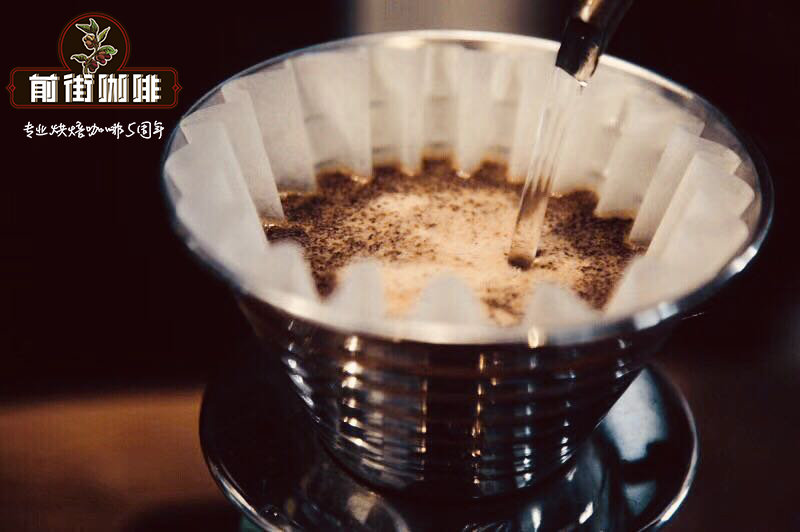
Qianjie [suggestion on hand-brewing parameters of Rosa Coffee]
Cake cup, the use of immersion extraction, so that coffee powder and water contact surface area increased, compared with V60 cooking can improve the texture, drink more sticky feeling
15g powder, water temperature 91-92 degrees, grinding BG 5R (64% pass rate of China marked No. 20 sieve), water powder ratio close to 1:15-16
Technique: 27g water steaming, steaming time for 30s. The hot water in the hand flushing pot draws a circle clockwise with the center of the filter cup in the middle of the filter cup, starts the time when brewing, injects water to 27g, then stops the injection and waits for 30 seconds to inject water for the first time.
When the first water injection is the same as before, the speed can be slowed down slightly, speed up a little when you go around the outer circle, cut off the water at about 1:15 seconds, and then inject water again when the liquid level drops 1 inch 3. The second water injection is concentrated on the central water injection. The water flow should not rush to the place where the coffee powder is connected with the filter paper, so as not to produce channel effect. Finish the extraction at about 2:05 seconds, and the longer the time is, the longer the extraction can be done. The astringent and rough taste will increase.
Segment: 30-125-230g
END
Important Notice :
前街咖啡 FrontStreet Coffee has moved to new addredd:
FrontStreet Coffee Address: 315,Donghua East Road,GuangZhou
Tel:020 38364473
- Prev
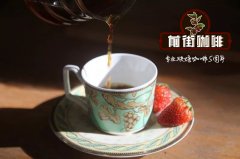
What is the right proportion of rosy summer coffee for Panamanian donkey manor? how to drink donkey manor rose summer?
Professional coffee knowledge exchange more coffee bean information please follow the coffee workshop (Wechat official account cafe_style) Panama Donkey Manor Rose Summer Sun Coffee Bean Manor Story introduction: Panama Alida Donkey Manor owner Panama Elida El Burro Estate Elida Manor, El Burro Donkey Manor, also located
- Next
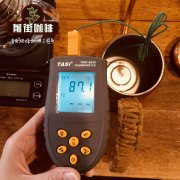
Shallow roasting Columbia Linglong washing Rose Summer Coffee beans at the right temperature?
Professional coffee knowledge exchange more coffee bean information please follow coffee workshop (Wechat official account cafe_style) Coffee country: South America South America, Colombia Columbia Coffee producing area: Nario Na Linglong, Buesaco Town Coffee Manor: Luis Fernando Benavides Luis Fernando Bernarvides Manor Coffee Variety: Geish
Related
- Detailed explanation of Jadeite planting Land in Panamanian Jadeite Manor introduction to the grading system of Jadeite competitive bidding, Red bid, Green bid and Rose Summer
- Story of Coffee planting in Brenka region of Costa Rica Stonehenge Manor anaerobic heavy honey treatment of flavor mouth
- What's on the barrel of Blue Mountain Coffee beans?
- Can American coffee also pull flowers? How to use hot American style to pull out a good-looking pattern?
- Can you make a cold extract with coffee beans? What is the right proportion for cold-extracted coffee formula?
- Indonesian PWN Gold Mandrine Coffee Origin Features Flavor How to Chong? Mandolin coffee is American.
- A brief introduction to the flavor characteristics of Brazilian yellow bourbon coffee beans
- What is the effect of different water quality on the flavor of cold-extracted coffee? What kind of water is best for brewing coffee?
- Why do you think of Rose Summer whenever you mention Panamanian coffee?
- Introduction to the characteristics of authentic blue mountain coffee bean producing areas? What is the CIB Coffee Authority in Jamaica?

